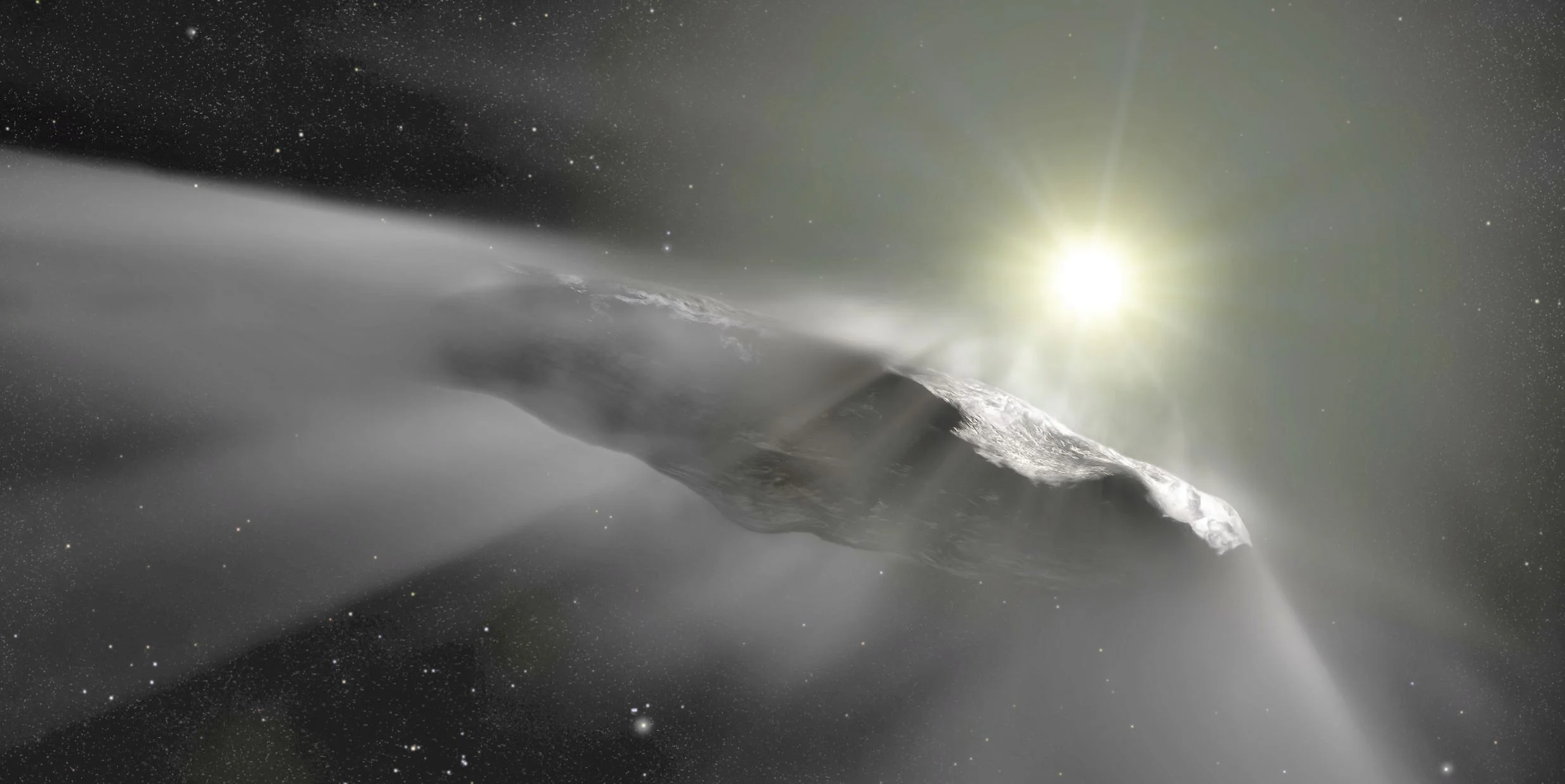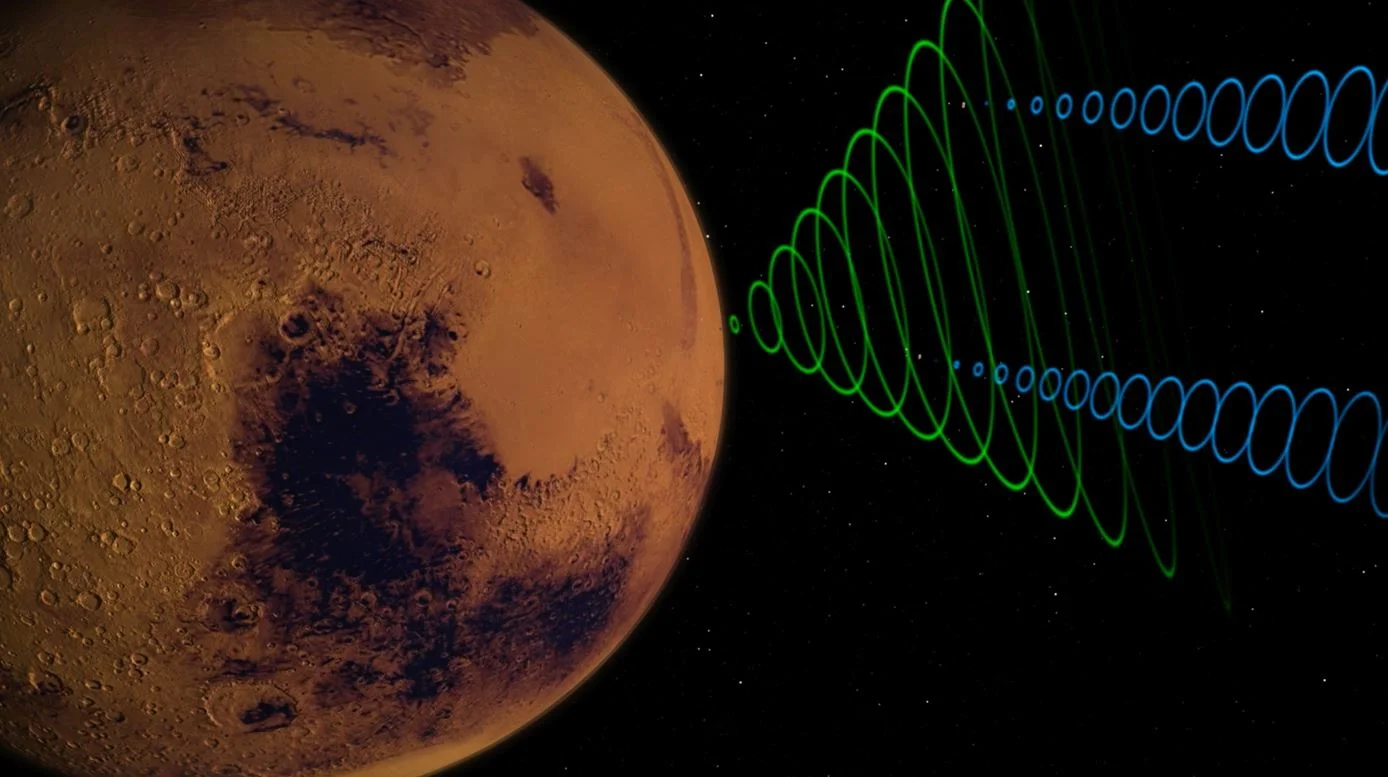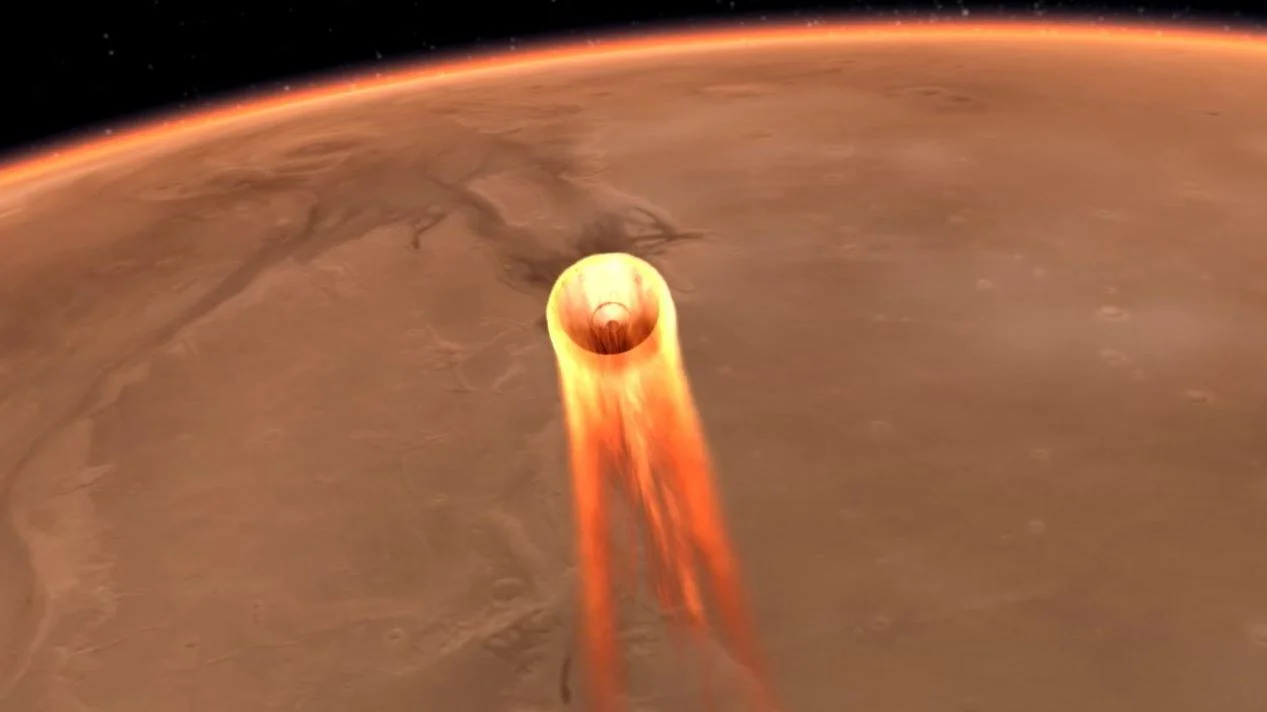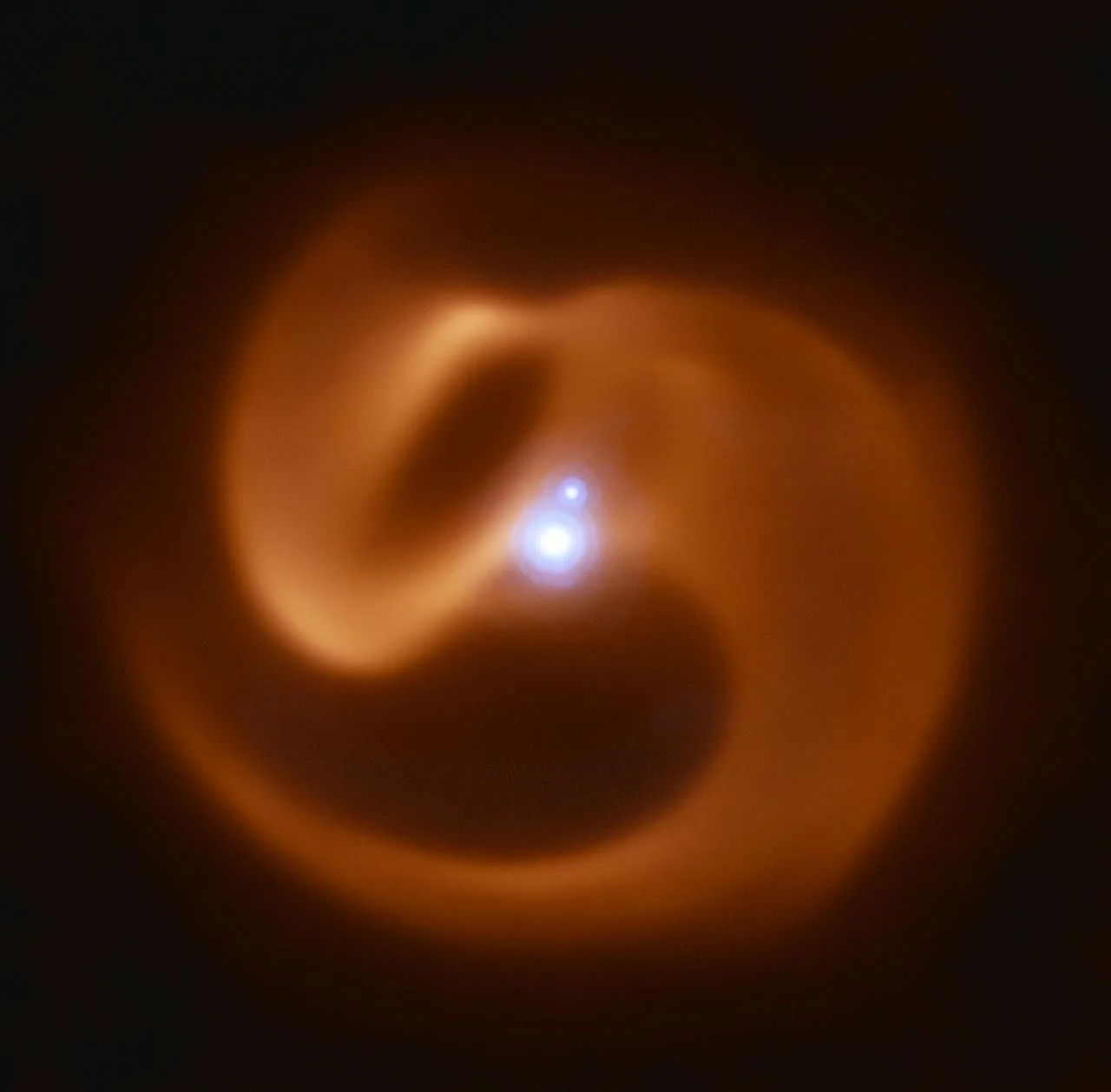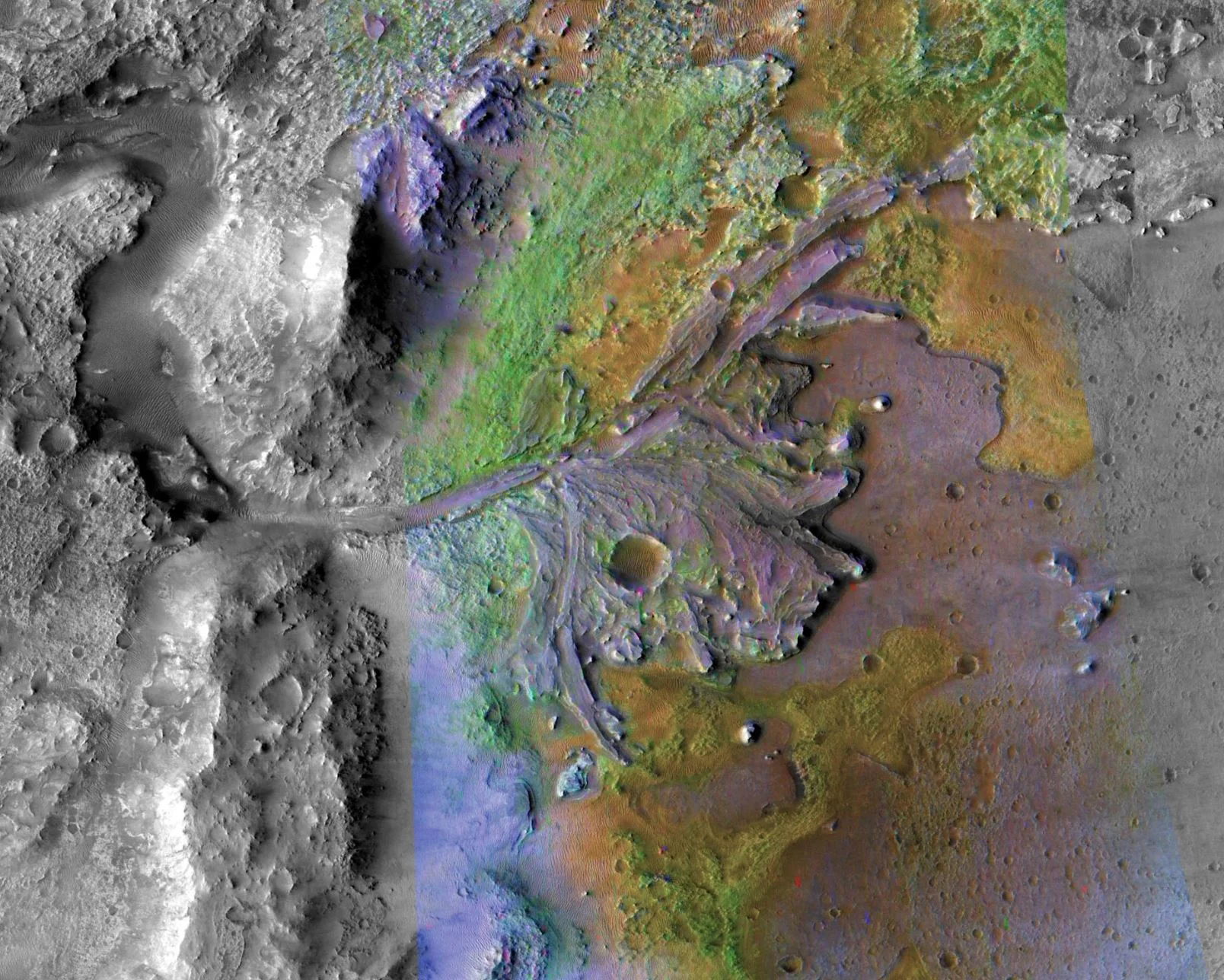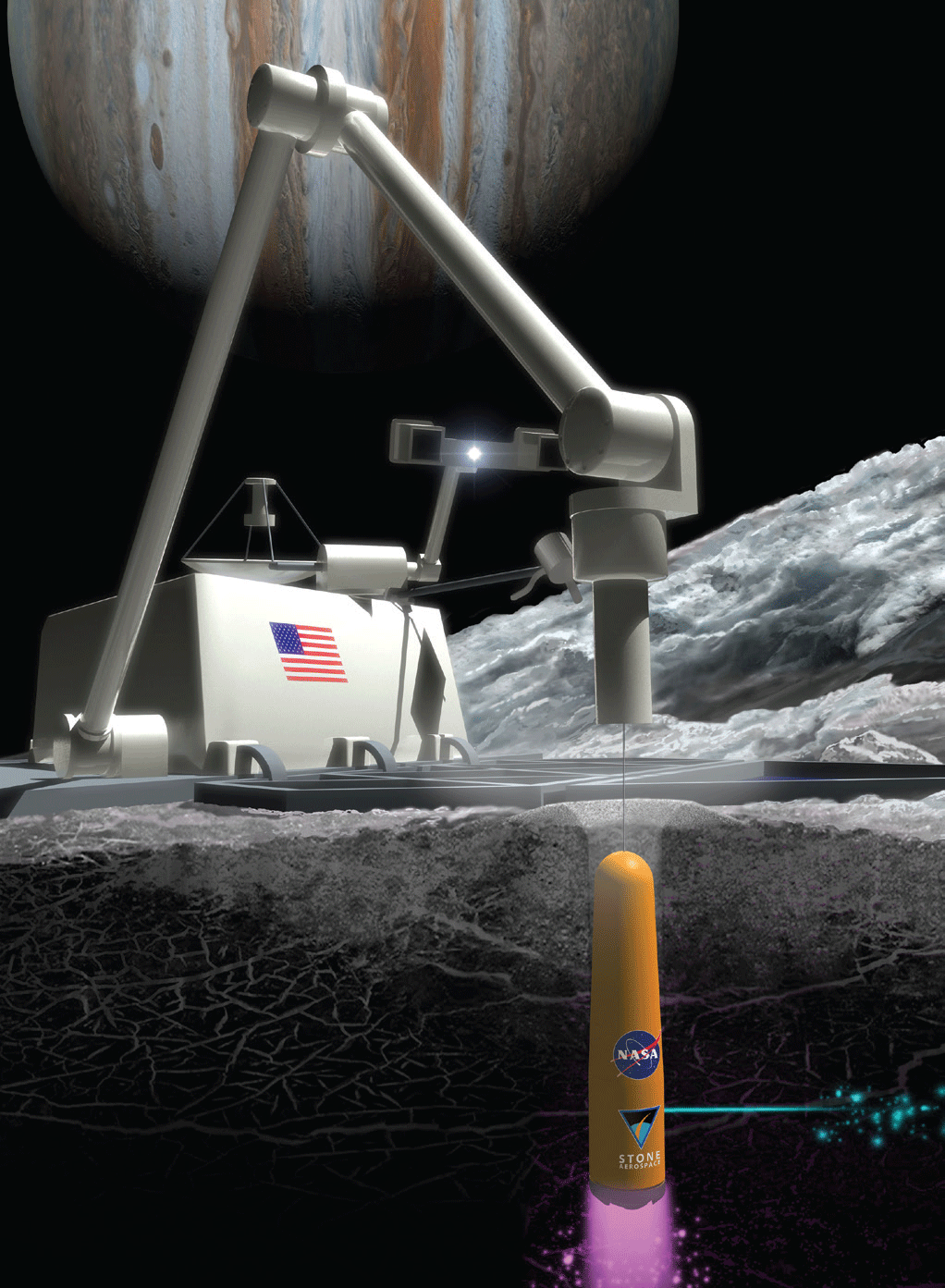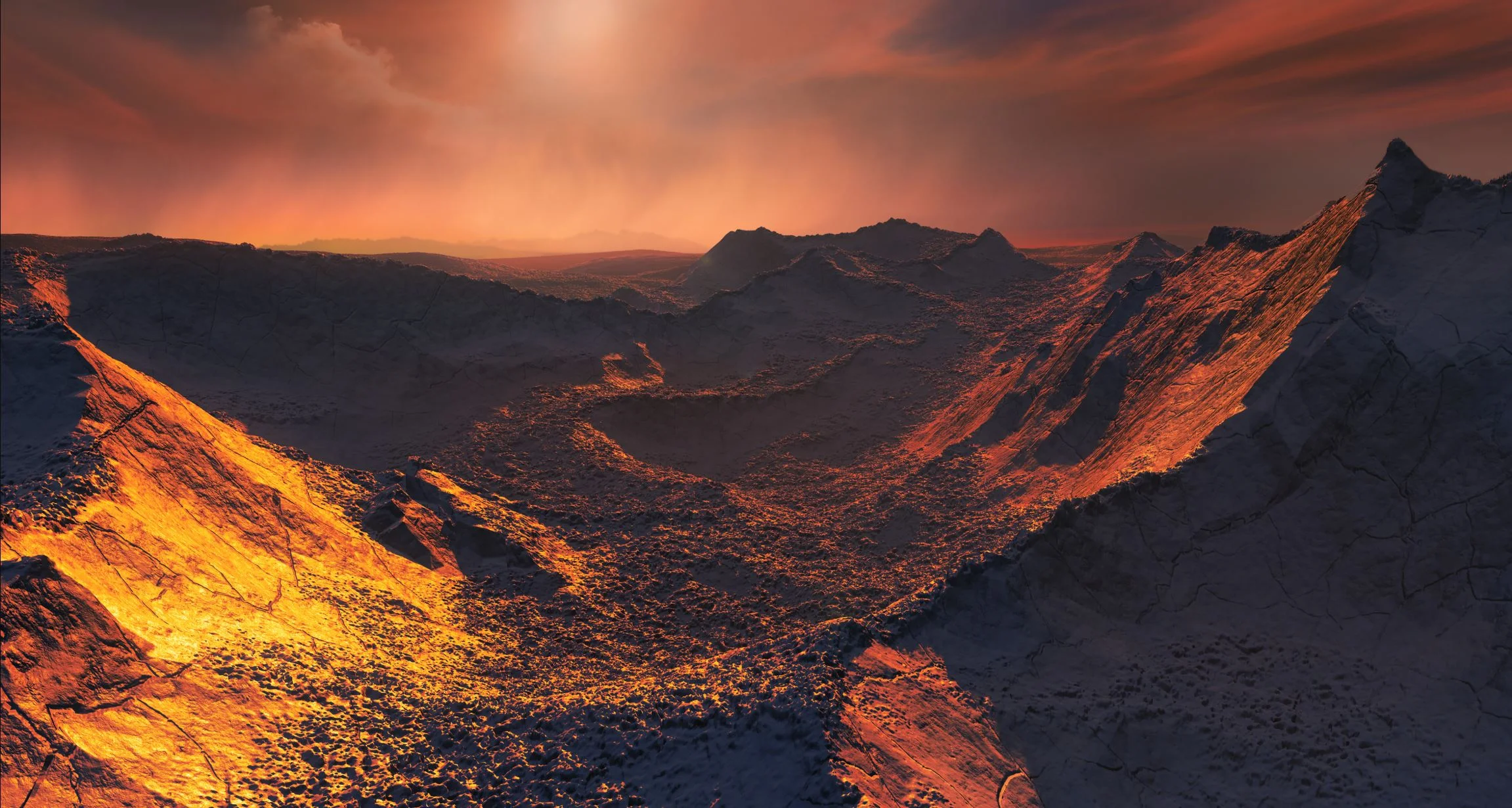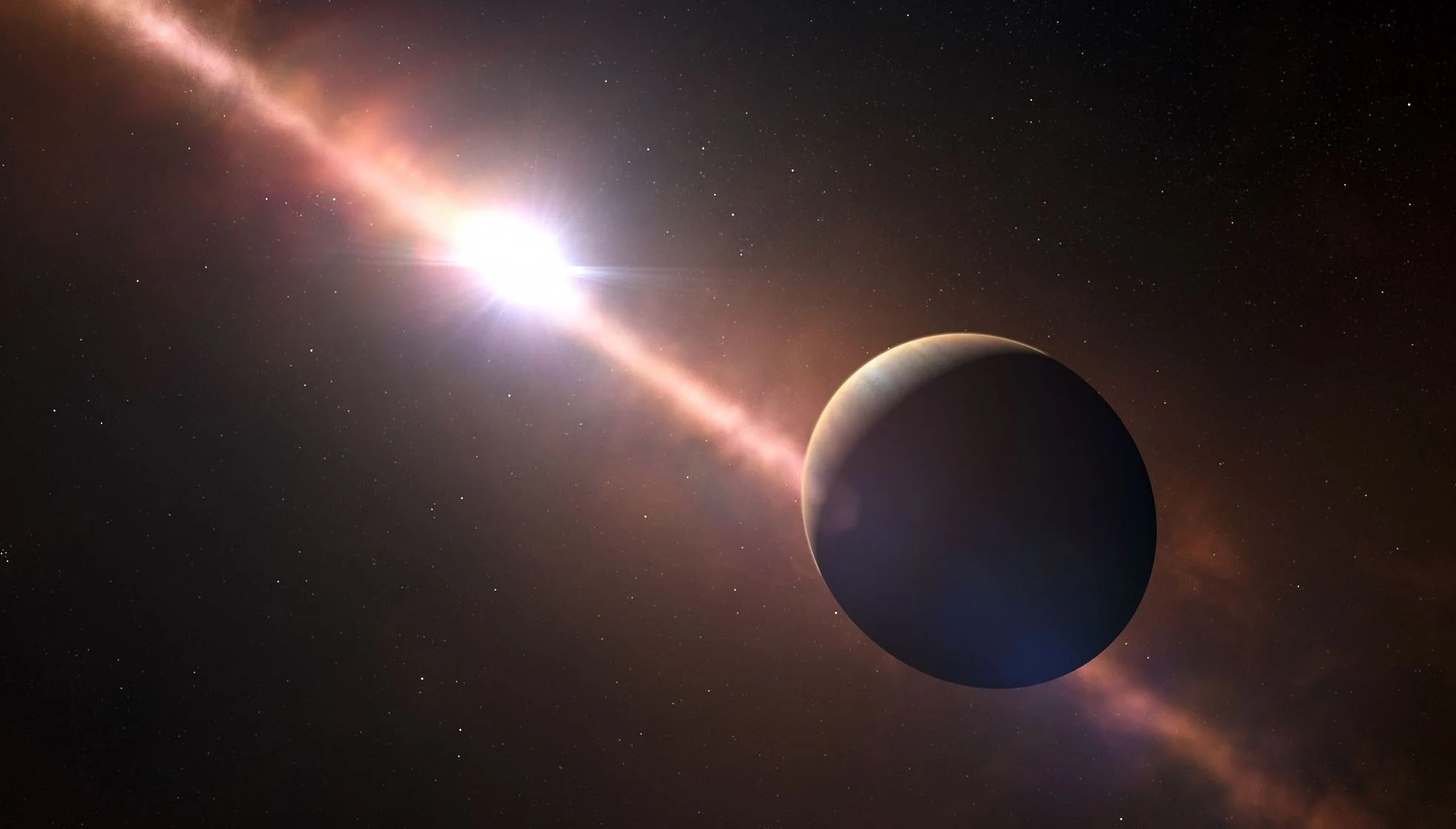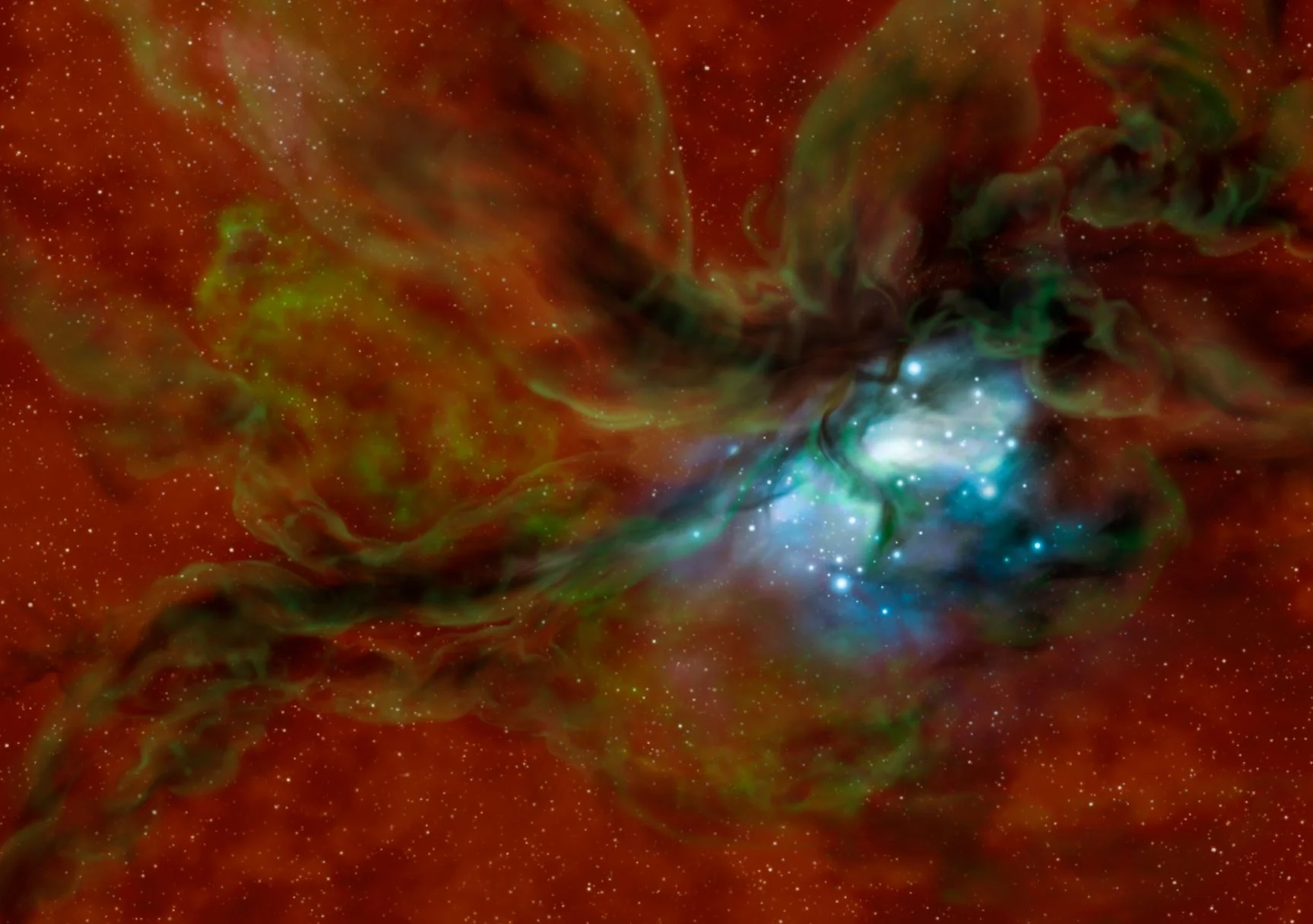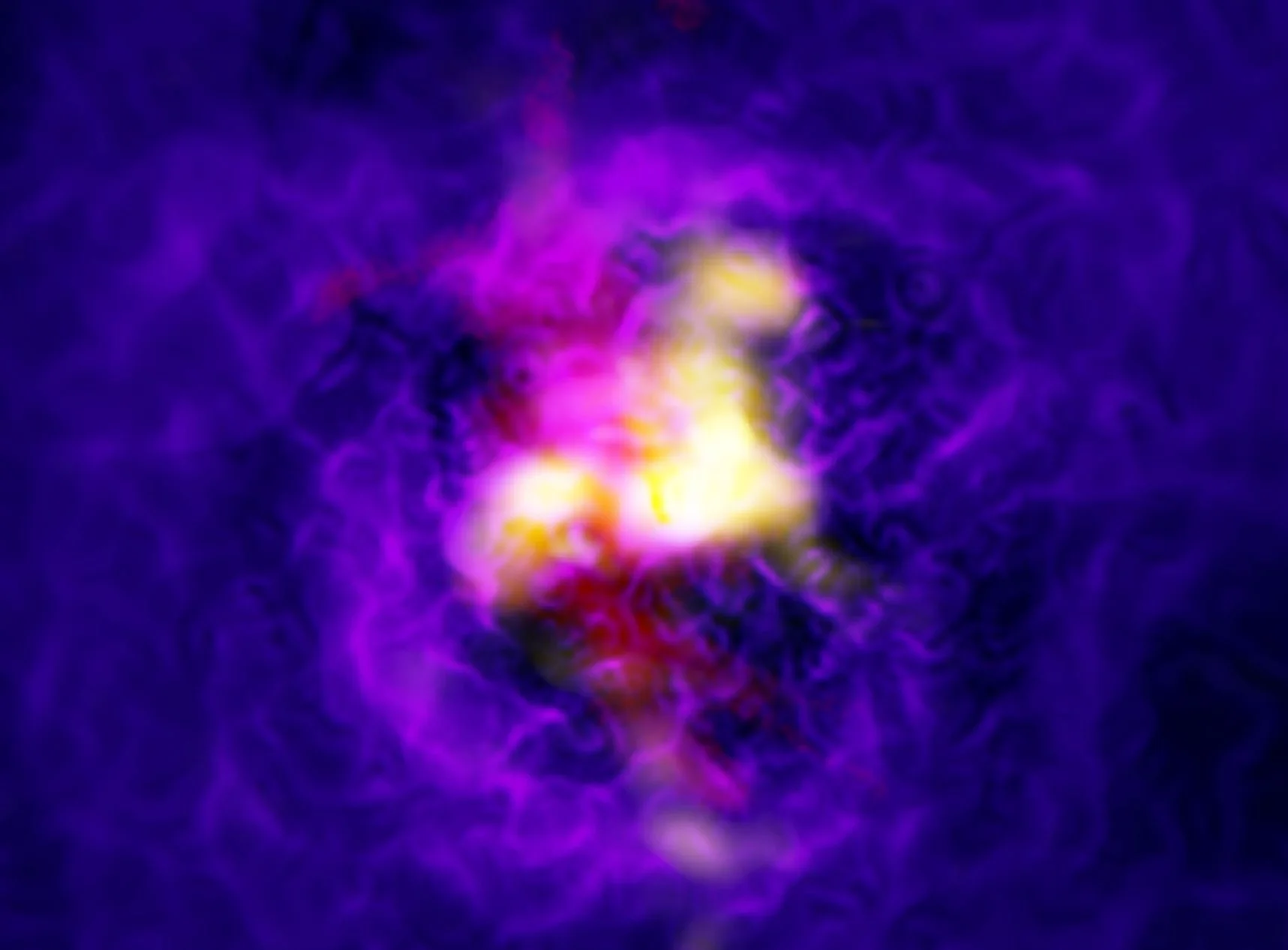'Oumuamua, meaning scout or messenger in Hawaiian, is the name given to the first detected interstellar object to visit our Solar System. On discovery last year, 'Oumuamua was classified as a comet, but this was later withdrawn when no evidence for cometary activity was detected.
How NASA Will Know When InSight Touches Down
NASA InSight Team on Course for Mars Touchdown
NASA's Mars Interior Exploration using Seismic Investigations, Geodesy and Heat Transport (InSight) spacecraft is on track for a soft touchdown on the surface of the Red Planet on Nov. 26, the Monday after Thanksgiving. But it's not going to be a relaxing weekend of turkey leftovers, football and shopping for the InSight mission team. Engineers will be keeping a close eye on the stream of data indicating InSight's health and trajectory, and monitoring Martian weather reports to figure out if the team needs to make any final adjustments in preparation for landing, only five days away.
ESO’s VLT captures details of an elaborate serpentine system sculpted by colliding stellar winds
What happens to the brain in zero gravity?
NASA has made a commitment to send humans to Mars by the 2030s. This is an ambitious goal when you think that a typical round trip will anywhere between three and six months and crews will be expected to stay on the red planet for up to two years before planetary alignment allows for the return journey home. It means that the astronauts have to live in reduced (micro) gravity for about three years – well beyond the current record of 438 continuous days in space held by the Russian cosmonaut Valery Polyakov.
NASA Announces Landing Site for Mars 2020 Rover
Abell 1033: To Boldly Go into Colliding Galaxy Clusters
SpaceX Gives More Details on how their Starlink Internet Service Will Work
For years, Elon Musk has talked about his plans to provide broadband internet access to the world using a constellation of satellites. Known as Starlink, this constellation was originally going to of nearly 12,000 low-cost satellites providing a terabit internet service. The first batch of these satellites is scheduled to launch in June of 2019, with the full constellation being deployed by the mid-2020s
An Unexpected Discovery Under Greenland Ice!
An international team of researchers, including a NASA glaciologist, has discovered a large meteorite impact crater hiding beneath more than a half-mile of ice in northwest Greenland. The crater — the first of any size found under the Greenland ice sheet — is one of the 25 largest impact craters on Earth, measuring roughly 1,000 feet deep and more than 19 miles in diameter, an area slightly larger than that inside Washington’s Capital Beltway
Here’s how the ‘brightest’ object in the universe formed
Active galaxies are some of the most luminous and impressive objects in the sky. They tend to be massive, distant and emit extraordinary amounts of energy as material falls into the supermassive black hole that lurks at their centre. Astronomers have recently discovered that some of them are also hidden from plain view by huge amounts of gas and smoke-like dust. But it is unclear how these rare objects form and feed.
Digging into the ice on Europa with lasers
Ever since the Pioneer and Voyager probes passed through the Jovian system in the 1970s, NASA and other space agencies have dreamed of one-day sending a mission to Europa. Beyond Earth, it is considered one of the most promising candidates for finding life, which could exist in the subsurface ocean that lies beneath the moon’s icy crust.
The Most Luminous Galaxy Is Eating Its Neighbors
The most luminous galaxy ever discovered is cannibalizing not one, not two, but at least three of its smaller neighbors, according to a new study published today (Nov. 15) in the journal Science and coauthored by scientists from NASA's Jet Propulsion Laboratory in Pasadena, California. The material that the galaxy is stealing from its neighbors is likely contributing to its uber-brightness, the study shows.
A super-Earth found in our stellar back yard!
Direct Observations of a Planet Orbiting a Star 63 Light-Years Away
In the past thirty years, the number of planets discovered beyond our Solar System has grown exponentially. Unfortunately, due to the limitations of our technology, the vast majority of these exoplanets have been discovered by indirect means, often by detecting the transits of planets in front of their stars (the Transit Method) or by the gravitational influence they exert on their star (the Radial Velocity Method)
Not all the Earth’s Water Came From Comets
Small Tissue Chips in Space a Big Leap Forward for Research
Ancient Star Found that’s Only Slightly Younger than the Universe Itself
According to the most widely-accepted cosmological theory, the first stars in our Universe formed roughly 150 to 1 billion years after the Big Bang. Over time, these stars began to come together to form globular clusters, which slowly coalesced to form the first galaxies – including our very own Milky Way. For some time, astronomers have held that this process began for our galaxy some 13.51 billion years ago.
Cosmic Collisions: SOFIA Unravels the Mysterious Formation of Star Clusters
ALMA and MUSE Detect Galactic Fountain
Observations by ALMA and data from the MUSE spectrograph on ESO’s VLT have revealed a colossal fountain of molecular gas powered by a black hole in the brightest galaxy of the Abell 2597 cluster — the full galactic cycle of inflow and outflow powering this vast cosmic fountain has never before been observed in one system.
Dramatic galaxy collision filled the Milky Way with stars, astronomers discover
Imagine trying to map out your home town using only information you could gather from your window. Even with a pair of binoculars you’d find it a difficult task. Mapping out our own galaxy, the Milky Way, is a similarly daunting mission. Unlike other galaxies that we can view from a distance, we sit inside the Milky Way – around 26,000 light years from its center. This means that when we try to look at the opposite side of the galaxy, much of our view is blocked by the stars and dust in between.

